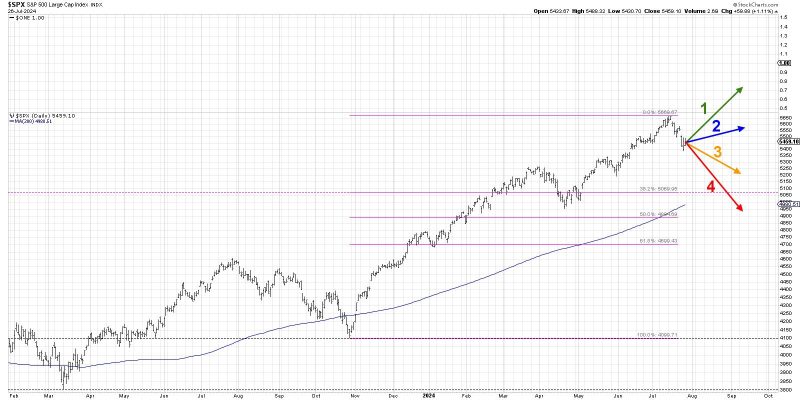As we delve into the heart of this analysis, it is important to first understand what the S&P 500 is. The S&P 500 comprises of 500 large companies publicly traded on the US stock exchange and is one of the most commonly followed equity indices. Any changes in this index are seen as an indication of the overall health of the United States stock market.
A key question that is dominating financial discussion boards recently is: will the S&P 500 breach the 5000 level by September? A good place to start in analyzing the potential for such a significant move is by looking at the historical trends.
Historically, the S&P 500, much like the broader market, behaves in cycles. Some of these cycles are short and play out in weeks or months while others are longer and can last for years. Since 2008, the S&P 500 has seen a spectacular bull run, and as of June 2021, it stands at approximately 4200 points, setting new records nearly every week. The question, however, is how long can this run last?
Economists argue that market cycles are primarily driven by the overall state of the economy. In the first quarter of 2021, the U.S. economy showed signs of robust growth, fuelled, in large part, by continued stimulus efforts of the government, along with the progressive roll-out of the COVID-19 vaccines. Given the trend, some analysts argue that there is potential for the S&P 500 to break the 5000-mark in the coming months if the economic indicators remain positive.
However, the possibility of the S&P 500 breaching 5000 by September also needs to consider economic uncertainties. One such uncertainty is inflation. The possibility of higher inflation can create negative sentiment in the market leading to sell-offs. Additionally, how long the Federal Reserve will keep interest rates low is also critical. An uptick in Federal rates could also push the index downwards.
Another crucial factor influencing the S&P 500 is company earnings. Strong earnings reports often fuel optimism in the market and can push the index higher. If major companies within the index keep posting strong earnings, the S&P 500 could possibly cross 5000-mark.
However, it would be remiss to ignore the lurking global risks. For instance, the lingering effects of the COVID-19 pandemic could throw a wrench into these predictions. New strains of the virus or an unexpected increase in cases could result in restrictions and dampen the positive economic forecast.
Market technicals also need to be considered. The S&P 500 has already witnessed a high rise over the past year, and some traders believe that a short/mid-term correction is overdue. If a bearish phase ensues, it might take a while for S&P 500 to cross the 5000 benchmark.
Ultimately, predicting whether the S&P 500 will break the 5000 level by September remains challenging as both bullish and bearish factors exist. The stock market’s future course is never a guarantee and is dependent on various economic, corporate, and global factors that are often unpredictable. For investors and market watchers, the coming months will unquestionably provide an interesting spectacle as we potentially witness historical milestones in the stock market.




